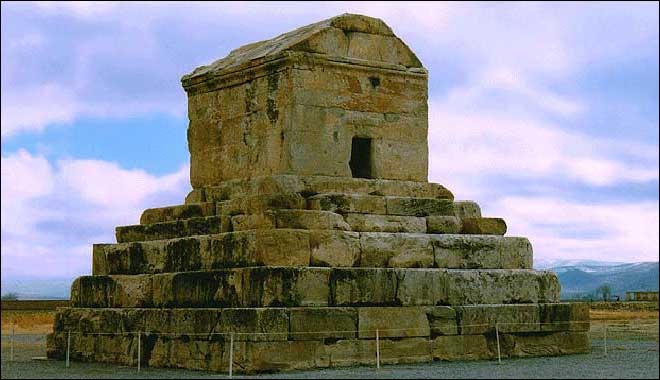The following documentary was forwarded by Dr. Mohammad Ala (winner of the 2019 Région Nouvelle-Aquitaine Creativity Award, 2018 Cinema Vérité Award, and the 2013 Grand Prix Film Italia Award) to Kavehfarrokh.com:
(Source in YouTube: History Time).
Dr. Ala has also shared the following with his readers which is also shared with readers of this post:
Iran/Persia was and still is a cradle of civilization and has a great culture, civilization, rich mythology, and history. Persians/Iranians gave to the world many great scientists, poets, and philosophers such as:
Khayyam, the great Persian mathematician, astronomer, philosopher, and poet.
Rhazes, the father of psychology and psychotherapy, the father of pediatrics, a pioneer in ophthalmology, and also first to categorize the Hospital dept as well. Many scholars consider Rhazes one of the greatest medical Physicians. Rhazes also discovered numerous compounds and chemicals including alcohol and sulfuric acid.
Bubares, he was a Persian engineer in the service of the Achaemenid Persian Empire, 500 BC. Bubares built the Xerxes Canal
- Khwarizmi, the father of Algebra and Algorithm
- Nasir Tusi
- Mani
- Borzuya
- Fakhruddin Razi
- Jamshid Kashani
- Abd Rahman Sufi
- Avicenna
- Ferdowsi
- Hafez
- Saadi
- Atta
- Qutb Din Shirazi, etc, etc.
And the Persian emperors such as Cyrus the Great, Shapur I the Great, Darius the Great, etc.
They are among the best scientists, poets, philosophers, kings, and emperors of human history. Persians/Iranians gave to the world :
- Sulfuric acid
- Alcohol
- The first practical windmills
- Persian gardens
- An ancient type of evaporative cooler and refrigerator
- Ice cream
- Rosewater
- The art of tile-work
- Qanat
- Polo
- Algebra
- Philosophy
- Mathematics
- Astronomy
- Piped running water
- Postal service, etc, etc.
Sulfuric acid today is used to make many substances from fertilizers to detergents and has impacted everything from agriculture to our domestic lives.
Throughout history, Persia/Iran was always a cradle of science, contributing to medicine, mathematics, astronomy, and philosophy.
Iranian/Persian culture and history goes back to 7,000 years ago. From Jiroft in 6,000 BC, Susa 6,000 BC, Elam civilization 3,200 BC, Achaemenids 550 BC, Parthians 247 BC, Sassanids 224 AD , etc.
In the Persian empire, in Persepolis palace in Iran/Persia female workers had paid maternity leave. The Persians were also known for having women take part in high governmental positions such as in Construction, Administration, Politics, etc as evident by the record-keeping clay tablets throughout Persepolis. This is something that would not be seen until at least many centuries after. The Persian language is one of the oldest languages. Persian literature is one of the world’s oldest literature. Persian literature is described as one of the great literatures of humanity, and it is one of the four main bodies of world literature.




